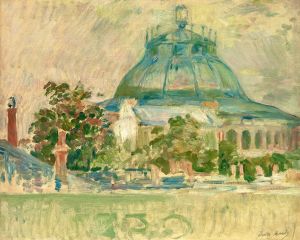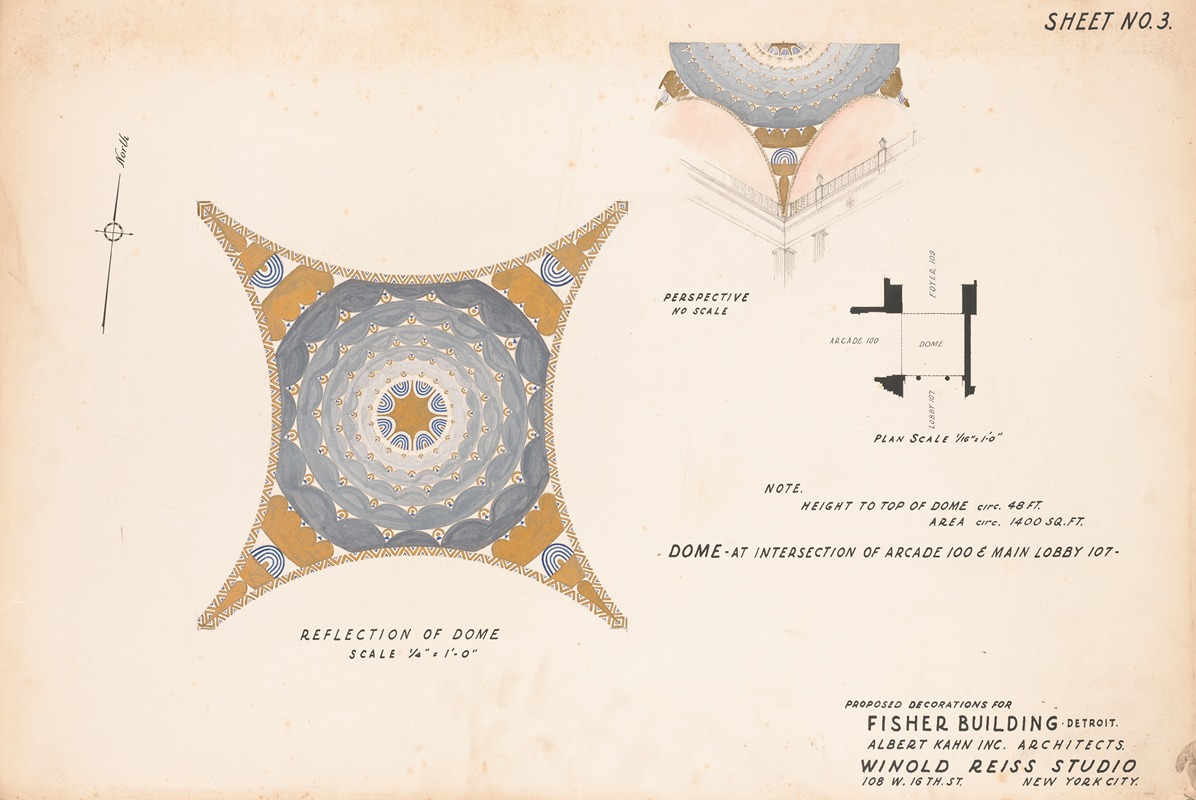
Proposed decorations for Fisher Building, Detroit, MI.] [Sheet No. 3, Dome at intersection of arcade 100 and Main Lobby 107
A hand-painted replica of Winold Reiss’s masterpiece Proposed decorations for Fisher Building, Detroit, MI.] [Sheet No. 3, Dome at intersection of arcade 100 and Main Lobby 107, meticulously crafted by professional artists to capture the true essence of the original. Each piece is created with museum-quality canvas and rare mineral pigments, carefully painted by experienced artists with delicate brushstrokes and rich, layered colors to perfectly recreate the texture of the original artwork. Unlike machine-printed reproductions, this hand-painted version brings the painting to life, infused with the artist’s emotions and skill in every stroke. Whether for personal collection or home decoration, it instantly elevates the artistic atmosphere of any space.
Winold Reiss was a German-American artist known for his work in interior design and decorative arts, particularly during the early to mid-20th century. One of his notable contributions was to the Fisher Building in Detroit, Michigan, a landmark skyscraper designed by the architectural firm Albert Kahn Associates. The Fisher Building, completed in 1928, is renowned for its opulent Art Deco style, which includes a variety of artistic elements such as mosaics, frescoes, and sculptures.
The artwork titled "Proposed decorations for Fisher Building, Detroit, MI. Sheet No. 3, Dome at intersection of arcade 100 and Main Lobby 107" by Winold Reiss is part of a series of designs intended for the building's interior. Reiss was commissioned to create decorative elements that would enhance the architectural grandeur of the Fisher Building. His designs were integral to the building's aesthetic, contributing to its reputation as a masterpiece of Art Deco architecture.
Reiss's work in the Fisher Building includes vibrant mosaics and murals that reflect his distinctive style, characterized by bold colors and geometric patterns. His designs often incorporated themes from various cultures, showcasing his interest in diversity and his ability to blend different artistic influences. The proposed decorations for the dome at the intersection of arcade 100 and Main Lobby 107 would have been part of this broader decorative scheme, intended to create a cohesive and visually striking environment.
The Fisher Building itself was commissioned by the Fisher brothers, who were prominent figures in the automotive industry. They sought to create a building that would serve as both a commercial hub and a cultural landmark in Detroit. The building's design reflects the prosperity and optimism of the 1920s, with its lavish use of materials such as marble, brass, and gold leaf.
Winold Reiss's contributions to the Fisher Building are a testament to his skill as an artist and designer. His ability to integrate his artwork seamlessly into the architectural framework of the building helped to elevate its status as an iconic example of Art Deco design. The proposed decorations for the dome would have added to the overall splendor of the building, enhancing its visual impact and contributing to its enduring legacy.
While specific details about the proposed decorations for the dome at the intersection of arcade 100 and Main Lobby 107 are limited, it is clear that Reiss's work played a significant role in defining the aesthetic character of the Fisher Building. His designs continue to be appreciated for their artistic merit and their contribution to the cultural heritage of Detroit.
Overall, Winold Reiss's involvement in the Fisher Building project exemplifies the collaborative nature of architectural and artistic endeavors during the early 20th century. His work remains an important part of the building's history, reflecting the artistic innovation and cultural dynamism of the period.





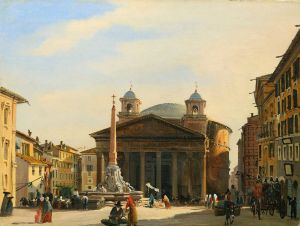
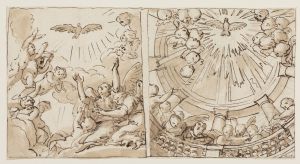
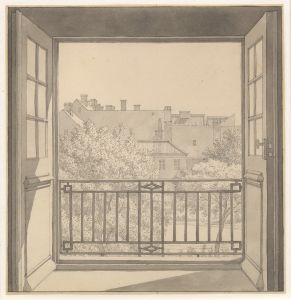
![[Designs for roadhouse or terrace restaurant.] [Scheme [B] with a T-plan, 5- bays, with painted tulips in the pediments.](/imgs/249264/s/winold-reiss-designs-for-roadhouse-or-terrace-restaurant-scheme-b-with-a-tplan-5-bays-with-painted-tulips-in-the-pediments-ad771334.jpg)
![Designs for roadhouse or terrace restaurant.] [Perspective elevation with colored roof](/imgs/249320/s/winold-reiss-designs-for-roadhouse-or-terrace-restaurant-perspective-elevation-with-colored-roof-95287611.jpg)
![Designs for theater with black-framed proscenium and boldly colored settings.] [Study for stage light wall decoration, Caf ̌Crillon](/imgs/249331/s/winold-reiss-designs-for-theater-with-blackframed-proscenium-and-boldly-colored-settings-study-for-stage-light-wall-decoration-caf-crillon-27adcd0f.jpg)
![Designs for unidentified restaurant interior, possibly Elysée restaurant, 1 East 56th St., New York, NY.] [Drawing of restaurant interior elevations](/imgs/249334/s/winold-reiss-designs-for-unidentified-restaurant-interior-possibly-elysee-restaurant-1-east-56th-st-new-york-ny-drawing-of-restaurant-interior-elevations-192740b5.jpg)
![Interior design sketches for Alamac Hotel, 71st and Broadway, New York, NY.] [Study for living room suite](/imgs/249366/s/winold-reiss-interior-design-sketches-for-alamac-hotel-71st-and-broadway-new-york-ny-study-for-living-room-suite-4619965b.jpg)
![Interior perspective drawings of Hotel Siwanoy, Mount Vernon, NY.] [Interior perspective study of Grill in yellow, blue, and green]](/imgs/249370/s/winold-reiss-interior-perspective-drawings-of-hotel-siwanoy-mount-vernon-ny-interior-perspective-study-of-grill-in-yellow-blue-and-green-bea2a60e.jpg)
![Interior perspective drawings of Hotel Siwanoy, Mount Vernon, NY.] [Interior perspective, unidentified room in pink, vermillion, and black](/imgs/249371/s/winold-reiss-interior-perspective-drawings-of-hotel-siwanoy-mount-vernon-ny-interior-perspective-unidentified-room-in-pink-vermillion-and-black-69402656.jpg)
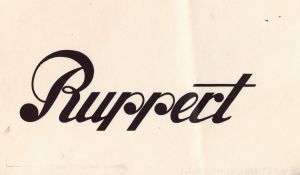
![Design sketches for Hotel Alamac, 71st and Broadway, New York, NY.] [Sketch for Medieval Grill Murals](/imgs/249415/s/winold-reiss-design-sketches-for-hotel-alamac-71st-and-broadway-new-york-ny-sketch-for-medieval-grill-murals-6dec3039.jpg)
![Interior designs for screens and ceilings.] [Drawing of plans, elevation, and details](/imgs/249429/s/winold-reiss-interior-designs-for-screens-and-ceilings-drawing-of-plans-elevation-and-details-228c6d94.jpg)
